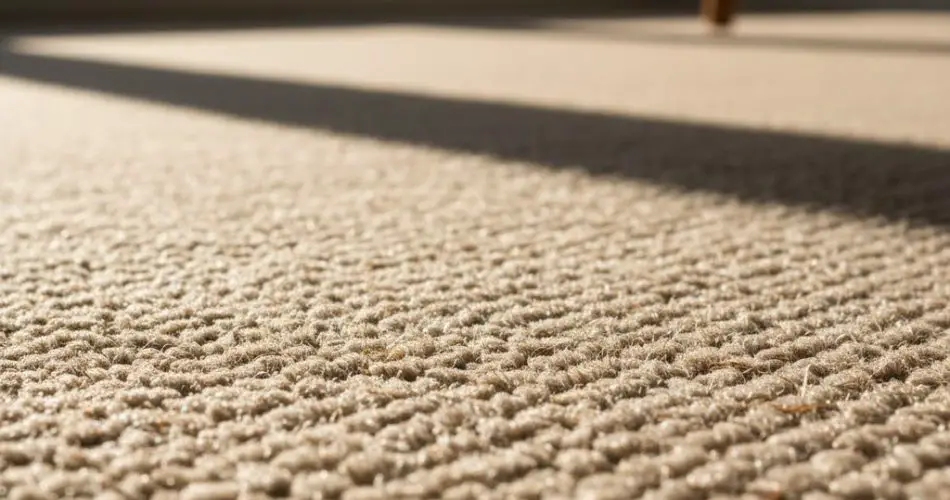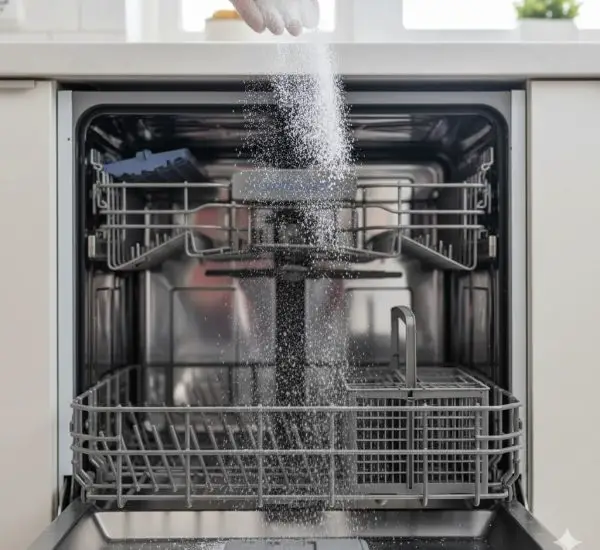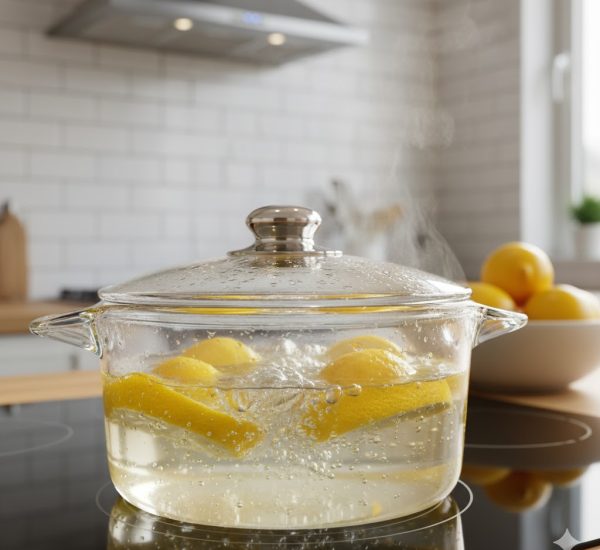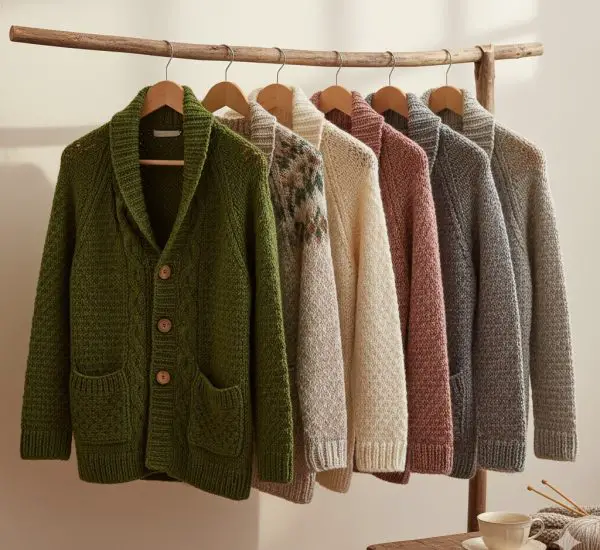Heating a home during the cold season is essential, but with rising energy costs, many households are looking for ways to stay warm while reducing their electricity or gas bills. One surprisingly simple and effective method is known as the “carpet method,” a strategy that helps retain heat in your rooms, optimize energy usage, and ultimately save money. In addition to this, there are other smart techniques to improve home heating efficiency without spending extra on costly devices or services.
Why Heating Costs So Much
During winter, most households rely on radiators or central heating systems to maintain a comfortable indoor temperature. However, heat naturally disperses through floors, walls, and windows, meaning radiators have to work harder and longer to maintain warmth. This results in higher energy consumption and increased bills.
Many people also leave their radiators on unnecessarily or fail to regulate the timing, leading to wasted energy. Modern heating systems often include programmable thermostats, which allow homeowners to schedule heating in advance. For example, you can program the radiators to turn on just half an hour before returning home, ensuring a warm environment without wasting energy.
Another important factor is ventilation. During home cleaning or when airing out rooms, radiators are often left on, and open windows or doors let warm air escape. This is one area where simple behavioral adjustments can reduce unnecessary energy use.
Aluminum Foil Behind Radiators: A Simple Heat-Reflecting Trick
One practical way to enhance the heating efficiency of radiators is by using aluminum foil. Aluminum foil acts as a reflective barrier, directing heat back into the room rather than allowing it to escape through walls. This can make rooms warm more quickly and maintain warmth for longer periods, effectively reducing energy consumption.
Materials Needed:
-
Several sheets of aluminum foil (A4 size works well)
-
A piece of thick cardboard
-
Glue (preferably PVA)
-
Plastic cable ties or tape to secure the panel
Instructions:
-
Measure the height and width of your radiator and mark these dimensions on the cardboard.
-
Cover the cardboard with the A4 sheets, securing them with glue, and allow it to dry completely.
-
Once dry, wrap the entire panel in aluminum foil, ensuring a smooth, even surface.
-
Place the panel directly behind the radiator and secure it with plastic ties or tape.
This simple DIY setup acts as a heat reflector, preventing energy loss through the walls and keeping rooms warmer for longer, all without extra electricity or gas consumption.
Optimizing Radiator Efficiency with Curtains
Another common factor that reduces heating efficiency is the placement of curtains. Many radiators are installed below windows, and if curtains are left closed, they act as barriers, blocking the heat from entering the room.
To maximize warmth:
-
Always open curtains or blinds when the radiator is on, allowing heat to circulate freely into the room.
-
Ensure that furniture does not block radiators, as this can trap heat and prevent proper circulation.
By combining this simple tip with heat-reflecting panels, you can significantly improve the efficiency of your heating system.
The Carpet Method: Retaining Heat Through Flooring
The “carpet method” is a simple yet highly effective way to retain heat inside a room. Heat from radiators often escapes through floors, especially if you have tile, stone, or other non-insulated surfaces. A thick carpet or rug can act as a thermal barrier, slowing down heat loss and keeping the room warmer for longer periods.
How to Implement the Carpet Method:
-
Place a carpet or thick rug near the radiator. This will help trap the warm air and reduce heat loss through the floor.
-
Close doors and windows in the room to prevent drafts and maintain the captured heat.
-
For maximum effect, choose a thicker carpet, as it will hold more warmth and extend the heating duration.
This method works especially well in bedrooms or living rooms where people spend extended periods of time. Not only does it improve comfort, but it also reduces the need to keep radiators running at high temperatures, lowering overall energy usage.
Additional Tips for Efficient Heating
-
Schedule heating: Use programmable thermostats to turn radiators on only when necessary.
-
Insulate your home: Check windows and doors for drafts and use weather stripping where needed.
-
Use rugs strategically: Place carpets in rooms with cold floors or high foot traffic.
-
Ventilate wisely: Open windows briefly but avoid leaving them open for extended periods when heating is on.
Implementing these strategies together can make a significant difference in both comfort and cost. The carpet method, combined with reflective panels and mindful curtain management, creates a more energy-efficient home without requiring new equipment or substantial expenses.
Cost-Effective and Eco-Friendly Heating
One of the best aspects of these methods is their affordability and sustainability. Aluminum foil panels, carpets, and proper curtain usage do not require ongoing purchases or electricity. These simple adjustments utilize resources you already have at home and reduce energy waste, making them eco-friendly solutions for households concerned about environmental impact.
Conclusion
Heating a home effectively doesn’t have to mean paying exorbitant energy bills. By using practical solutions like the aluminum foil radiator panels, opening curtains strategically, and employing the carpet method, you can retain heat, enhance comfort, and save money. These approaches are easy to implement, inexpensive, and environmentally conscious.
Whether you live in a small apartment or a large house, adopting these strategies ensures that your rooms remain warm and cozy, even during the coldest months, without straining your energy budget. The carpet method, in particular, proves that small, thoughtful adjustments can lead to significant savings and a more comfortable home.



